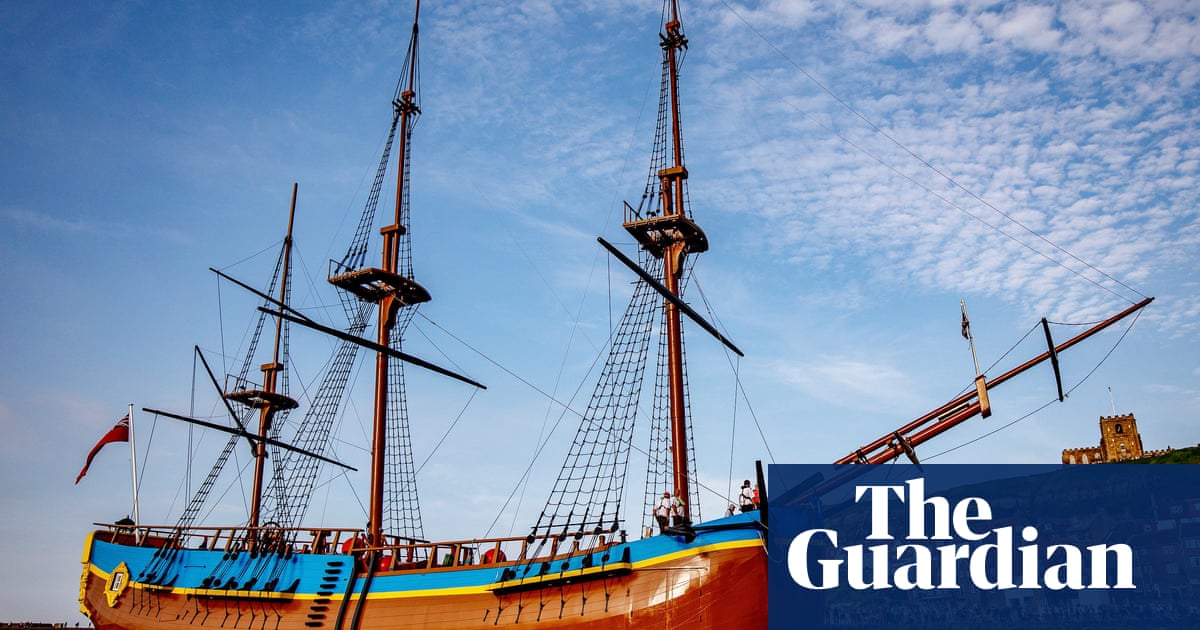More than two and a half centuries after Capt James Cook arrived in Australia on the HM Bark Endeavour, the Australian National Maritime Museum has published its final report on the ship’s resting place.
The museum published a preliminary report in 2022 that a wreck in Newport Harbor, Rhode Island was the Lord Sandwich, which was previously known as the Endeavour.
The museum was confident of its identification but there wassome transatlantic pushbackand the museum continued its research for three more years.
On Wednesday, the museum’s director, Daryl Karp, said it stood by its 2022 conclusions – the culmination of 25 years of research.
Cook’s Pacific voyage on the Endeavour, which began in 1768, reached the NSW coast in 1770.
Sign up for Guardian Australia’s breaking news email
For some, that voyage “embodies the spirit of Europe’s Age of Enlightenment”, the report noted.
“While for others it symbolises the onset of colonisation and the subjugation of First Nations Peoples.”
The museum started working with the Rhode Island Marine Archaeology Project (Rimap) in 1999, searching for the wreckage in the area where the British deliberately sank the ship in 1778 to blockade the French during the American War of Independence.
The researchers narrowed the search to shipwreck RI 2394, before gathering enough evidence to meet the criteria for identification.
Researchers studied the history of the ship and other vessels scuttled in the harbour, examined the hull and other evidence such as the use of white oak, its length, evidence of repairs carried out, and the superimposition of the site over the original ship plans.
In February 2022, the museum announced it had found the ship’s “final resting place”.
The director at the time, Kevin Sumption, said he was convinced by archival and archaeological evidence that it was the Endeavour.
“The last pieces of the puzzle had to be confirmed before I felt able to make this call,” he said.
But Rimap researchers challenged that, saying more work was needed. The US organisation blamed “Australian emotions or politics” for what it called a “premature” announcement.
On Wednesday, the museum acknowledged that Rimap was not ruling out other sites, and paid tribute to its “fine historical analysis and detailed artefact recording”.
Karp said the final confirmation was “the culmination of 25 years of detailed and meticulous archaeological study on this important vessel”.
“It has involved underwater investigation in the US and extensive research in institutions across the globe,” she said.
“This final report marks our definitive statement on the project.”
The museum recommended more work be done to protect the site (there are reports thatshipworms and gribbles are eating the wood), that research continue, and that an educational project should be launched.
